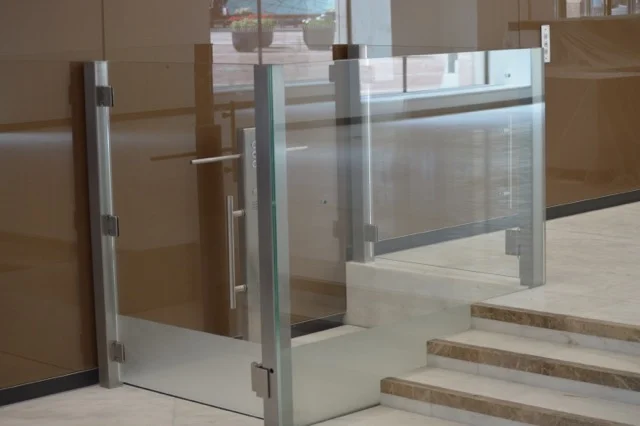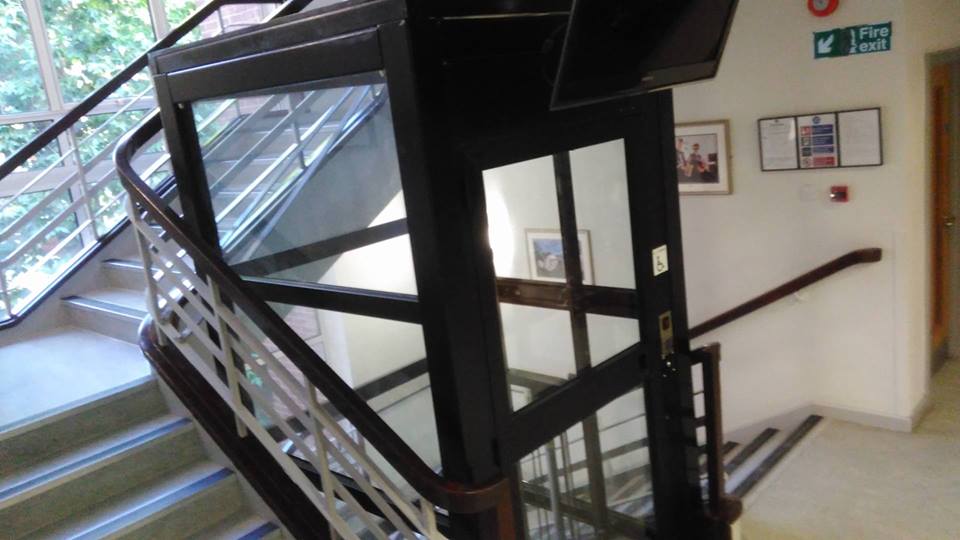A dumbwaiter is a small service lift that is traditionally used in hotels and large mansion houses to transport food to upper floors and to return dirty dishes. It can also be used to transport other small loads up to 100kg that are too heavy or awkward to carry up or down stairs.
As well as saving the time and labour of carrying items back and forth, dumbwaiters were a means to avoid disturbing the patrons of large houses with noise and food smells, hence the memorable name. The servants could use the device to go about delivering meals silently and unobtrusively when extra privacy was required.
These days, dumbwaiters are a multipurpose lift and are commonly used in hospitals, pharmacies, offices, and factories to transport small loads between floors. However, they are not intended to carry people.
When was the dumbwaiter invented?
It may surprise you to learn that the first recorded use of a dumbwaiter dates back to the era of the Ancient Romans, around 200 BC. Of course, these weren’t the sophisticated mechanical devices that we are familiar with today. Rather, they were operated with a system of ropes and pulleys and some old fashioned man power!
The first mechanical dumbwaiter was invented in New York by George W. Cannon in 1883. They soon became popular throughout North America and Europe for use in the hospitality trade, and also in larger private homes with wealthy owners who kept servants. The service lift was used to move laundry as well as dishes or food.
Modern dumbwaiters
Today, the dumbwaiter is electronically driven and can be fitted with intercom systems and security locks. They are still used in hotels and larger private homes, as well as care homes and other residential settings. Pubs and restaurants that store beer kegs in the basement often use dumbwaiters to transport them up to the bar.
If you are looking for a goods lift company, please get in touch with us today.







































